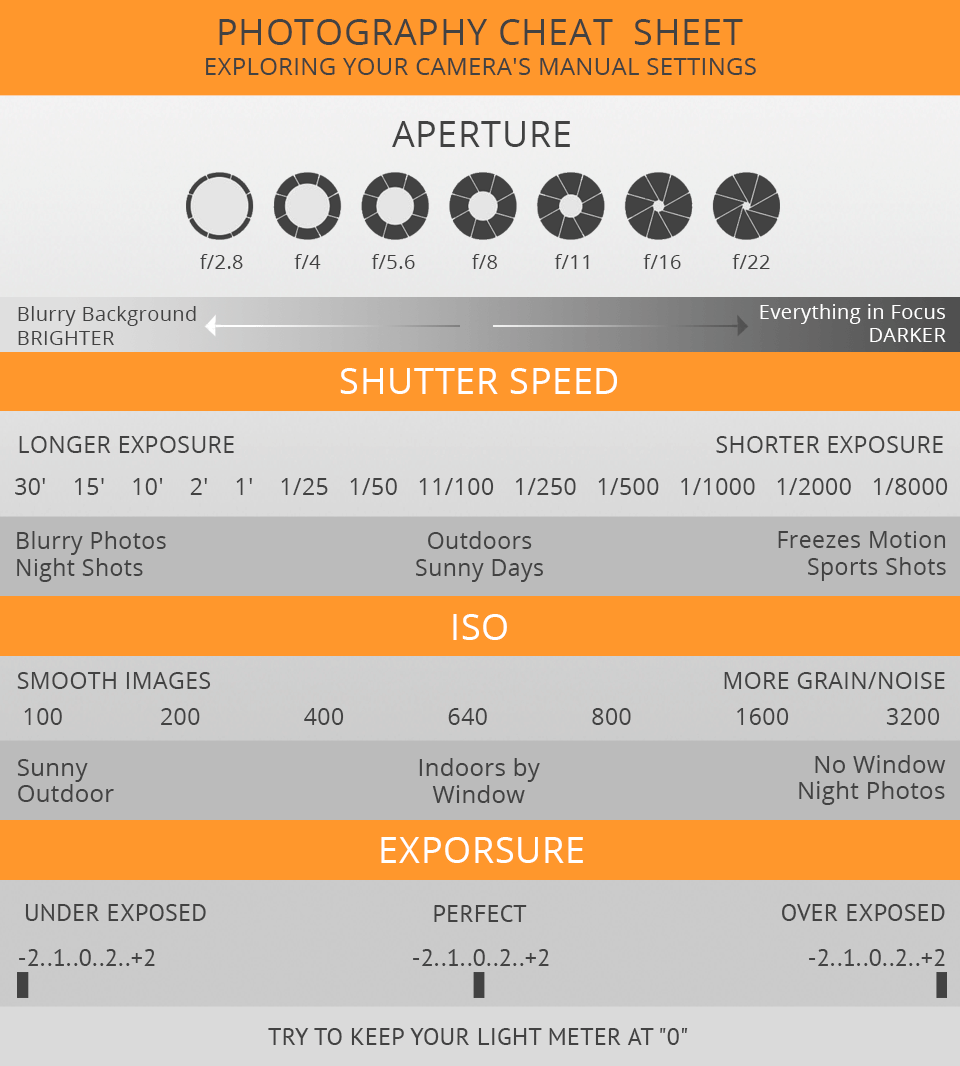What Every Professional Photographer Needs To Learn About Illumination
What Every Professional Photographer Needs To Learn About Illumination
Blog Article
Team Writer-Caldwell Fraser
As a professional photographer, you know that lighting can make or break your photos. Understanding the nuances of both natural and artificial light is necessary for catching the state of mind and clarity you aim for in your work. Whether you're chasing the perfect golden hour radiance or adjust your artificial configurations, understanding these elements can boost your digital photography dramatically. But there are common pitfalls that many overlook, and acknowledging them can transform your approach to every shoot. Let's explore what you may be missing out on and exactly how it can affect your results.
Recognizing All-natural Light
Understanding all-natural light is critical for any type of digital photographer seeking to enhance their work. It's the structure of great digital photography, influencing mood, tone, and clarity. When you shoot outdoors, take notice of the time of day. The gold hour-- shortly after sunrise and prior to sundown-- uses soft, cozy light that can transform normal scenes into spectacular images.
Don't take too lightly the power of overcast days. Cloud cover diffuses sunlight, developing a soft, even light that's perfect for pictures and macro digital photography. You'll discover colors pop in this type of illumination without extreme darkness.
Positioning matters, as well. Constantly consider your topic's orientation to the source of light. If Best corporate photography 's behind your topic, you may end up with a shape, which can be remarkable yet mightn't be what you desire. Conversely, direct sunshine can produce uncomplimentary darkness.
Experiment with angles; in some cases, changing your viewpoint can generate impressive outcomes. Use natural reflectors, like water or sand, to bounce light onto your topic, including measurement.
Learning Artificial Light
Understanding synthetic light is important for digital photographers that intend to take their skills to the next degree. Whether you're making use of speedlights, studio strobes, or continual lights, recognizing exactly how to adjust these sources can significantly improve your images.
Start by familiarizing on your own with the fundamentals of light quality, direction, and color temperature level. Experiment with different modifiers like softboxes, umbrellas, or grids to control the soft qualities or cruelty of the light.
You'll locate that soft light typically develops complementary outcomes, while harsher light can include drama and deepness. Do not avoid darkness; they can improve the three-dimensionality of your topics.
Pay very close attention to the positioning of your lights. https://zenwriting.net/dorathy9melony/exactly-how-to-select-the-right-electronic-camera-for-your-photography-needs positioned as well close to your subject can create uncomplimentary results, while also away can cause an absence of information. Make use of a light meter or your cam's pie chart to ensure you're revealing properly.
Finally, bear in mind that synthetic light can be mixed with ambient light for creative effects. Balancing these sources could take technique, but once you master it, your photography will absolutely shine.
Methods for Different Scenarios
When you enter different capturing scenarios, adjusting your lighting methods is essential for capturing the very best images. For outdoor portraits, utilize the golden hour-- morning or late afternoon light-- to soften darkness and improve skin tones.
If it's a rough lunchtime sunlight, consider utilizing a reflector to jump light back onto your topic or seek shaded locations for a more also exposure.
In low-light circumstances, like indoor occasions, boost your ISO and utilize a broad aperture to allow in more light. A tripod can aid remove camera shake, permitting longer exposures without obscuring.
If you're contending night, experiment with off-camera flash to produce vibrant illumination and deepness in your pictures.
For item photography, use diffused lighting to avoid harsh reflections. Softboxes or light camping tents can aid accomplish this effect.
When photographing landscapes, take into consideration the direction of light and time of day, as it can considerably transform the state of mind of your shot.
Constantly prepare to readjust your setups and positioning based on the circumstance, as versatility is crucial to understanding illumination in photography.
Conclusion
In conclusion, grasping lighting is crucial to elevating your photography abilities. Embrace all-natural light's charm throughout gold hour, and do not shy away from experimenting with fabricated light strategies. By adjusting Outdoor portrait near me to various scenarios, you'll record sensational images that resonate with feeling and quality. Remember, the right lights can transform an ordinary shot into something remarkable, so maintain practicing and fine-tuning your understanding of both all-natural and fabricated light. Pleased capturing!
